When it comes to managing medical images and data for cardiology practices, there are two main options: on-premise PACS (Picture Archiving and Communication System) and cloud PACS. Both have their own advantages and disadvantages, but when it comes to cost efficiency, which one is better for your cardiology PACS needs?
In this article, we’ll compare the cost efficiency of on-prem PACS and cloud PACS, looking at factors such as upfront costs, ongoing costs, and scalability. By the end of this article, you should have a better understanding of which option is the most cost-effective for your cardiology PACS needs.
On-prem PACS: Upfront and Ongoing Costs
When you choose on-prem PACS, you’ll need to invest in the hardware and software necessary to run the system. This upfront cost can be substantial, but it’s a one-time expense that you won’t have to worry about again. However, there are ongoing costs associated with on-prem PACS that you’ll need to consider, including maintenance, upgrades, and support.
Here are some of the ongoing costs associated with on-prem PACS:
- Maintenance: You’ll need to maintain the hardware and software to ensure it continues to run smoothly and securely. This includes regular software updates and hardware repairs.
- Upgrades: As technology advances, you’ll need to upgrade your on-prem PACS to ensure it continues to meet your needs. This can be an expensive process, as you’ll need to purchase new hardware and software.
- Support: You’ll need to have support in place to help you with any issues that arise with your on-prem PACS. This can include on-site support or remote support, depending on the vendor you choose.
Cloud PACS: Upfront and Ongoing Costs
When you choose cloud PACS, you won’t have to worry about the upfront costs associated with on-prem PACS, as the vendor will take care of the hardware and software. However, you will still have ongoing costs associated with cloud PACS, including subscription fees and support.
Here are some of the ongoing costs associated with cloud PACS:
- Subscription fees: You’ll need to pay a monthly or annual subscription fee to access the cloud PACS. This fee will typically include access to the software and hardware, as well as ongoing maintenance and upgrades.
- Support: You’ll still need support for your cloud PACS, and this can be included in your subscription fee or offered as an additional service.
Scalability and Cost Efficiency
When it comes to scalability, cloud PACS has the advantage over on-prem PACS. With cloud PACS, you can easily scale up or down as your needs change, without having to worry about the cost of new hardware or software. This makes cloud PACS a more cost-effective option for growing cardiology practices, as you won’t have to pay for resources you don’t need.
On the other hand, on-prem PACS can be more cost-effective for very large organizations that already invested in large IT departments. However, when total costs are added up that include IT infrastructure upkeeping, PACS software purchase, annual software support costs, in-house 24×7 support costs and IT personnel costs, and employee turnover disruption costs, Cloud PACS is becoming more economical even for larger organization.

